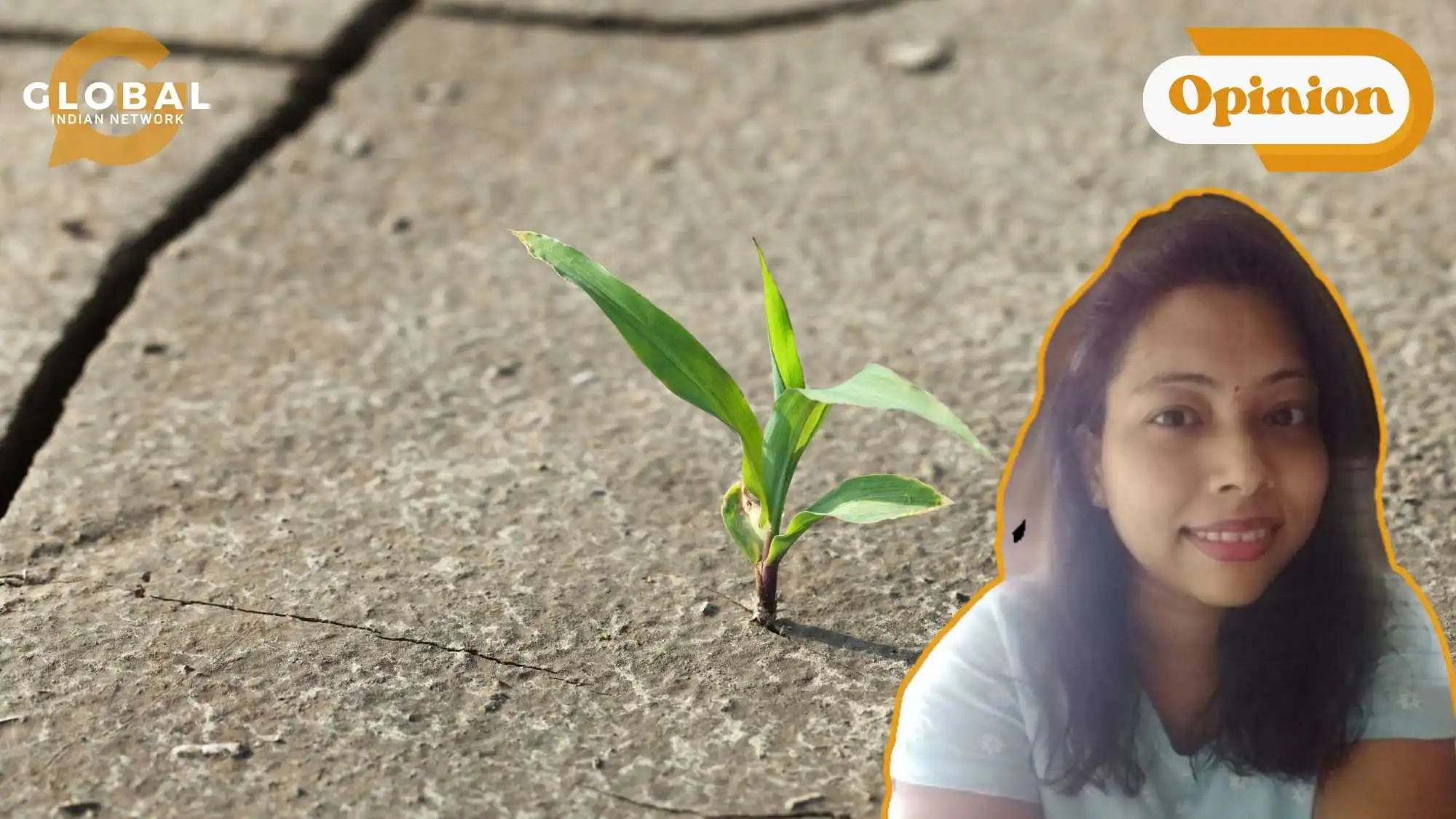Remember the sun-drenched childhood summers spent in grandma's fields? Laughter bounced between coconut trees taller than you, delicious dishes cooked under the sun, and every meal an expedition fueled by the magic of endless "just one more bite" by grandma. Back then, the earth was full of life, overflowing with food and laughter. Returning to that once-sacred haven brings a shocking silence and a heart-wrenching realisation – the vibrant greens have surrendered to a cracked wasteland. This isn't the nostalgic ache of time passing; it's the unsettling reality of desertification, a silent thief creeping across our planet, transforming fertile lands into barren fields.
Desertification is the degradation of dryland ecosystems, leading to a decrease in the biological productivity of the land. This means that fertile land gradually becomes more arid and unproductive, often losing its vegetation and wildlife. It's not simply the expansion of existing deserts but rather the transformation of once-lush ecosystems into desert-like conditions due to a multitude of factors: deforestation, unsustainable agricultural practices, overgrazing, and the ever-tightening grip of climate change.
Imagine losing 100 million hectares of healthy land every year – twice the size of Greenland swallowed by the creeping sands. Across regions like Central Asia and Latin America, over 20% of their land is succumbing to this relentless degradation. (Source: UNCCD).
The numbers turn into faces when you understand the human cost. Over 3.6 billion hectares, representing 70% of our drylands, face the direct consequences of this encroaching desert. (Source: UNEP) One-sixth of the global population, roughly 4.8 billion souls, live with desertification gnawing at their roots, their lives squeezed by the shrinking fertile lands that sustain them.
Over 1.5 billion people stand on the precipice of a precarious future in Africa, Asia, and Latin America. Their livelihoods, intricately woven with the land, fray with every gust of arid wind. Imagine relying on 20% of this degrading land for your daily sustenance, only to witness it crumble into dust – this is the harsh reality for millions facing food insecurity. (Source: UN). By 2025, the grip of water scarcity may tighten around 1.8 billion throats, with two-thirds of the global population enduring water-stressed conditions.
Desertification isn't just a land issue; it's a human crisis that reaches every facet of life. Imagine 135 million people by 2045, their homes turned to dust, their dreams swept away by the wind. The economic burden is staggering, with an estimated $48 billion lost annually, crippling sectors like agriculture, infrastructure, and the very backbone of human existence.
The UN Convention to Combat Desertification (UNCCD) and the Land Degradation Neutrality (LDN) jumped into action, guiding communities towards sustainable land management practices. Trees rise where deserts bloom, proving resilience can sprout even in the harshest soil. Farmers in Burkina Faso are weaving the magic of zaï pits, capturing precious rainwater to nurture barren fields. In Kenya, communities are embracing regenerative agriculture, restoring life to soil ravaged by unsustainable practices. These are not isolated stories; they are testaments to the human spirit's ability to defy the seemingly inevitable.
Our childhood havens, now etched with the scars of desertification, offer a constant reminder of what we stand to lose. But they also hold the seeds of hope. Let's learn from the communities fighting back, support initiatives like LDN, and make conscious choices to minimise desertification's march.
Here's how we can become warriors in this fight:
Embrace Sustainable Agriculture: Ditch the slash-and-burn mentality and choose regenerative practices like mulching, cover cropping, and crop rotation. These techniques enrich the soil, improve water retention, and boost yield, breaking the cycle of land degradation.
Embrace the Green Warriors: Support reforestation efforts like the Great Green Wall in Africa or plant trees in your community. Every sapling planted is a step towards restoring lost ecosystems and combating desertification.
Combat the Climate Culprit: Reduce your carbon footprint through conscious choices like using public transport, opting for renewable energy sources, and minimising waste. By curbing climate change, we weaken the grip of one of desertification's key catalysts.
Empower and Educate: Share knowledge about desertification, its causes, and solutions with your family, friends, and community. Encourage responsible consumption choices and advocate for policies that promote sustainable land management.
Support the Champions: Lend your voice to organisations like the UNCCD and LDN, and consider volunteering or donating to support their efforts in combating desertification.
Desertification may present a daunting challenge, but by harnessing the power of individual action, collective responsibility, and innovative solutions, we can choose a different story to a greener and more hopeful future.
Let us know what you think in the comment section below. If you have an opinion to share, send it over to larra@globalindiannetwork.com.









